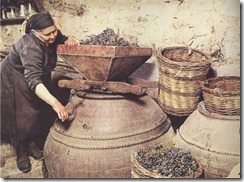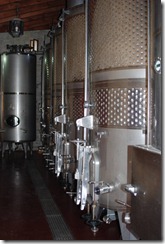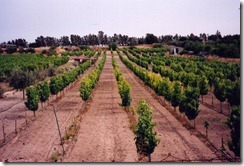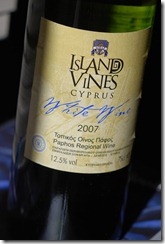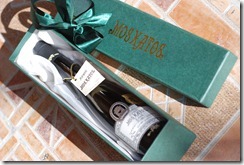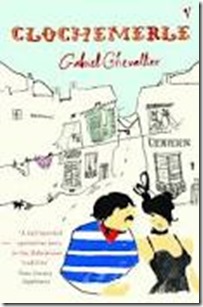Wine’s been around a long time in Cyprus, as you can note if you read our potted history.
The tourist people like to romanticize about “6,000 Years of Wine History”, but this is only of help if you can drink well today.
And you can.
There are now more than 200 types and styles of Cyprus wine, white, red and rosé; dry, medium and sweet. Prices (in the shops) from €4.00 to $40.00 a bottle. There are 40+ wineries, producing from a modest 20,000 bottles a year to well over a million. Many brands are widely distributed, whilst others are only available from the winery (which often makes a super outing)
The last twenty years have seen a sea-change in Cyprus wine. Then, grapes were grown in the hills as a cash crop and, at harvest time, taken by truck to “wine factories” in Limassol, sometimes languishing in the hot sun for several days, to the detriment of the end product. Cypriots didn’t drink wine – their alcoholic tipple was beer and “Koniaki” (Cyprus brandy), or the local firewater an eau-de-vie called “Zivania” which was truly a winter warmer and sometimes fatal.
Today the vineyard area has shrunk and the grapes, from being a cash crop of unremarkable local variety, are either famous international varieties or re-discovered and nurtured old Cyprus types. And the vineyards, recently or newly planted, showing signs of resurgence, cluster round the regional wineries in the hills of Limassol and Paphos.
The resulting wines range from “drinkable” to “very good indeed” and there is a wonderful selection for the visitor to try. Most are dry, but there are some good medium-dry and dessert wines, too. And one mustn’t forget the Cyprus “sweetie” of legend, “Commandaria”, which has entranced invaders, occupiers, friendly visitors and residents for centuries. In recent years, as well as taking to foods from all over the globe, younger Cypriots have taken to drinking wine with their meals. Initially snobbish and buying “imported” wines, they have now enthusiastically embraced the wines of their own country.
In this section you will see where can buy wine at the gate for most, if not all, of the wineries evaluated and recommended by Cyprus Gourmet.
Wine in restaurants
Although there are now 4,000 or more wines imported into Cyprus, the best value for money wines on restaurant lists are those from Cyprus. The catering industry here is not noted for giving bargains and most mark-ups are 200% or more, sometimes reaching 400%. This is short-sighted and not good business. So many diners stick with Cyprus wines – and, to be frank, they are wise to do so. Look over our winery listings for the wines we recommend from each one. The other good comment we would make is that despite having many fine imported wines (at prices to match) on their lists, hotel and restaurant wine waiters are frequently proud to recommend Cyprus wines.
In living memory this method of wine making (manual crushing juice into a terra cotta fermenting urn) has been replaced by-state-of-the-art temperature controlled stainless steel fermenters and storage vats.
Tiny unkempt vineyards of undisclosed grape varieties have gone – and in their place well tended plantings of Chardonnay, Sauvignon Blanc, Cabernet Sauvignon and Shiraz surround the new wineries of the hill villages.
Since 1996, Cyprus’s major wine export has been the range of “Island Vines” and “Mountain Vines”, red and white. It is a consistently big seller in the UK’s Co-operative Supermarket chain.
Cyprus wines, like this dessert Muscat, are winners of awards in France, UK, Greece and elsewhere, and are now beautifully presented.
